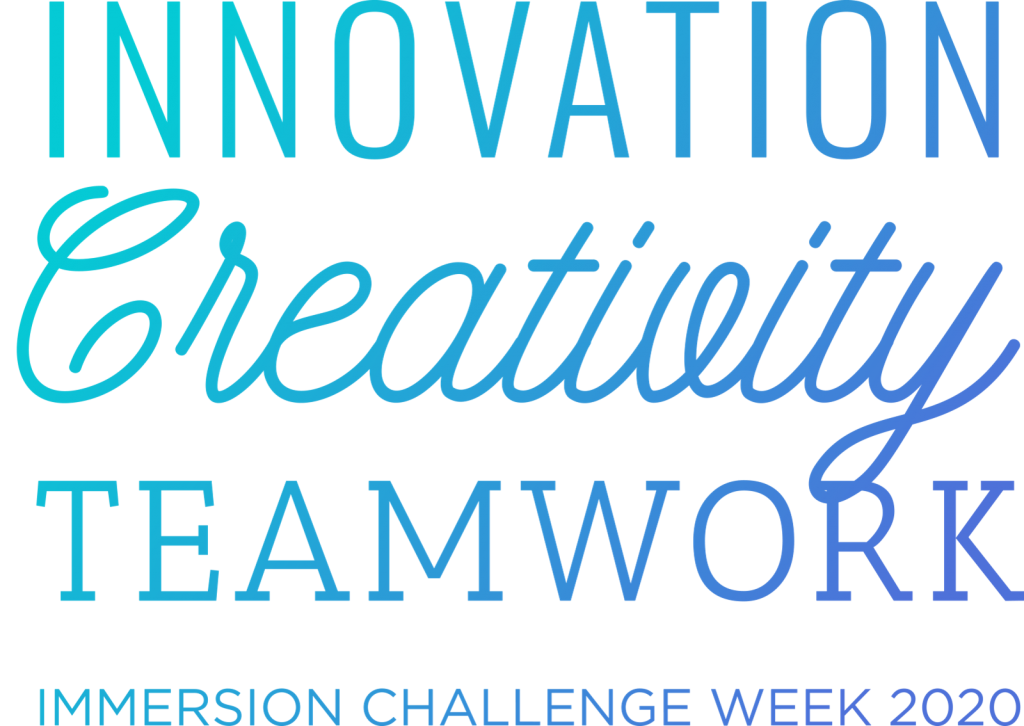
By Manuel Cruz, VP of Research and UX
Immersion has a tradition of bringing our scientists, engineers, business-minded, and creative thinking heads together to participate in an all-out innovation competition twice a year.
During Challenge Week, participants work with an assigned team across departments to uncover new applications, innovate concepts, or improve haptic capabilities. The teams work together for a few hours a day to share ideas, collaborate, and combine their thinking power to come up with solutions to solve problems.
This last year, working under the conditions of COVID-19, Immersion’s Challenge Day became Challenge Week. The event gave us a whole week to break from daily tasks to work together, think creatively, innovate, and collaborate across different departments, countries, and time zones.
The benefits of Challenge Week are plentiful. The week facilitates an accelerated innovation process that we draw from to infuse fresh thinking into our everyday work. By stepping outside our usual roles and engaging, we refine and further develop our curiosity and innovation skills. Challenge Week inspires and re-energizes our team as we tackle our goal to bring the digital world closer to the physical world using the sense of touch.
The theme of Challenge Week November 2020 was “The Future of Haptics in AI.” This competition’s theme pick was an acknowledgment of the upcoming role artificial intelligence will play in the future of tech. Some think of artificial intelligence as robots and virtual assistants. However, AI technology applications are vast and wide and can range from a smart software program that has the agency to decide the strength, the timing, and conditions to apply haptics (in Immersion’s case) to a responsive app that makes life a little bit easier for the user, a self-driving car, or the VR robotic assistant that will help us manage impossible tasks.
Let’s celebrate the winners!
First place – This team took both the community and judges’ votes.
The Calming Buddy
Proposed by: Filip Aleksandrow, Alika Utepova, Jee Quach, Enrico Vianello, Andry Rabemiarisoa

The Calming Buddy is a device to help people with Autism Spectrum Disorder. The solution proposes the use of haptics as both a calming agent and a communicator for the caretaker. Using AI to predict stress events, the Calming Buddy helps autistic users reduce the impact of triggers, allowing them to continue to engage with the world around them.
Second place – Tied for the judges’ votes with the third-place winner, but received higher rankings with the community
Sixth Wave, an advanced navigation and safety system
Proposed by: Felipe Almeida, Jamal Saboune, Alberto Bonamico, Krystyne Blaikie, Majid Sheikholeslami

The Sixth Wave system is a multimodal system that proposes to combine a camera and a walking stick and wearables into sonar, pressure and thermal feedback to help the visually impaired better navigate the world around them.
Third place
Intelligent Haptic Guide for the visually impaired
Proposed by: Henry Da Costa, Yeshwant Muthusamy, Wasif Ashraf, Ranjini Raghuveer, Raz Mousakhanian

The Intelligent Haptic Guide is a different implementation of an aid for the visually impaired. It uses sensors and soundwave technology from the automotive industry’s advanced driver-assistance systems to detect the environment. Haptics is used to guide the user as they navigate their surroundings.
Congratulations to the winning teams! For all of the winning applications, we believe haptics add the intrinsic value of touch – bringing the human world into the digital space and vice versa.
Haptics, the science of mediated touch, has mechanical and emotional benefits – discovery, navigation, excitement, assurance, and information. As the industry – and we innovators – think about where the next technology revolution will take us, we need to remember to include the human aspects of the world we live in, including our sense of touch, in everything we build.
While last year’s Challenge Week was distinctly unique because of its setting, we’ve learned that innovation can happen regardless of time, place or obstacles like a pandemic. Part of the process is learning how to collaborate and work together in any environment. The end goal is an inspired team, new ideas, and a more connected workforce.

